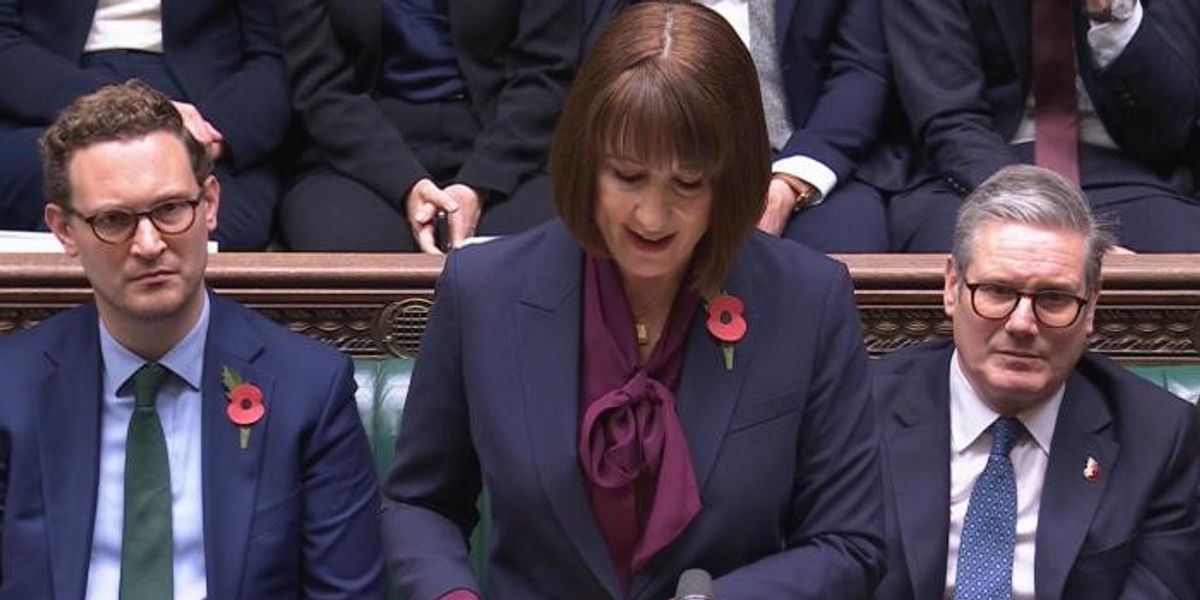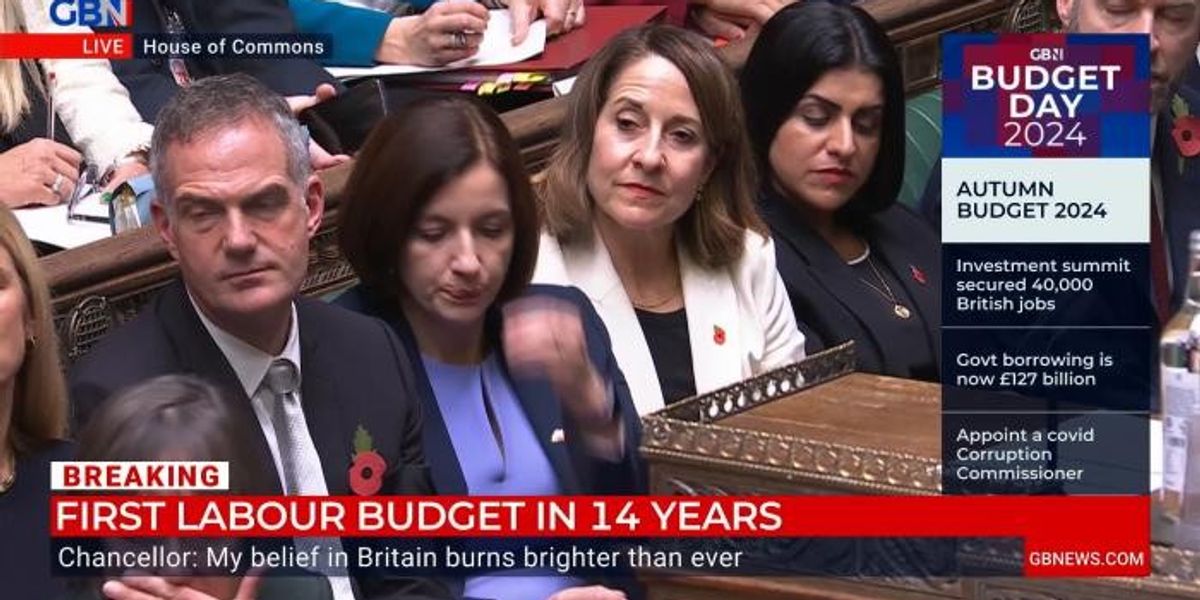The recent BRICS+ Summit in Russia was another moment to discuss the relevance of the format. There are those who cite BRICS+ to argue that a new pole – based on the so-called Global South – is emerging. There are also arguments that the next BRICS enlargement is the best proof that the current global order is seriously shaken and/or coming to an end. While we should not underestimate the desire of developing countries to reform the global order to take their interests more seriously, it is wrong to see BRICS+ as an emerging new pole that could challenge the current one.
The key to my argument lies in the nature of BRICS+. This tells us a lot about what it is, how it works, and why we should not overestimate this grouping as such. In short, BRICS+ is a very sophisticated example of typical Chinese-led multilateralism.
We should start by saying that BRICS is not an international organization. The best description of BRICS is a platform or a mechanism. Therefore, there are no members in BRICS+, but rather participants.
As a long-time observer of the controversial 16+1 format – established in 2012 as a China-led platform for cooperation with 16 Central and Eastern European (CEE) countries – I cannot help but compare BRICS+ with the 16+1 (which was later rebranded as the “China-CEE” platform to mask dropping membership numbers). The latter was criticized, especially by Western Europe and the United States, as an example of China’s Trojan horse in Europe. There was a belief that it was a powerful mechanism and that the CEE participants were almost allies of China.
After one expansion (Greece) and three exits (Lithuania, then Estonia and Latvia), the format is now almost dead and has been described as an empty shell. The reason for this is the awareness of the CEE countries that the mechanism mainly serves Chinese interests. Russia’s invasion of Ukraine and China’s support for Russia finally buried the format.
BRICS+, similar to the 16+1, includes dozens of other mechanisms beyond summits. However, BRICS+ is not a multilateral structure, contrary to what China argues. Multilateral organizations mean that there is coordination of national policies between members. This is not the case with BRICS+, and it was not the case with the 16+1. Similar to the 16+1 or FOCAC (the Forum on China-Africa Cooperation), BRICS+ is indeed led by China.
China is the largest political and economic participant, with the most political weight. Therefore, Beijing is the reference point for other BRICS+ countries. We don’t see real and substantial cooperation between other participants beyond China within the BRICS+ agenda, nor decisions taken by the grouping that don’t serve Beijing’s particular interests.
This leads to another feature of BRICS+, which is its nominal multilateralism. I would call this phenomenon multilateral bilateralism, just like in the case of the 16+1. In short, BRICS+ can be likened to a bicycle wheel in which China is the hub and other BRICS+ participants are the spokes. The grouping runs not based on true multilateral consultations, but on China’s bilateral relationships with each participant state.
BRICS+ is a very good example of what China’s preferred new world order should look like. It is also a very good example of Xi Jinping’s slogan of a “community of shared destiny for mankind” (repeated by Xi at the Kazan summit) – a Chinese idea of attracting more political friends and thus shaping a new world order with China at the center.
The BRICS+ agenda and its participants show elements that unite them, but also how heterogeneous this group is – another similarity to the 16+1. The BRICS+ program – in short, the desire to change the current Western-led global order – is both negative and general. The negative element involves anti-Western sentiments. The positive vision is to make the world a fairer place, but the overarching goal is vague, which makes it very difficult to implement.
Even the elements that unite the BRICS+ states make them different. On the one hand, the anti-Western sentiments of the BRICS+ participants are predetermined, but on the other hand, the depth of the negative sentiments varies. India is a good example: Its anti-Western sentiments are definitely more shallow than those of Russia or China. At the same time, India has strong anti-Chinese feelings and rather positive feelings toward Russia.
Moreover, despite their negative feelings toward the West, the BRICS participants want to cooperate with the West because it is in their interests to do so. At the same time, they also prefer to be close to China as a huge market and global power, and because Beijing does not care about their adherence to values and the rules-based order. In other words, they are balancing or hedging, focusing on their own narrow national interests. This is not multilateral cooperation at all.
The BRICS+ participants, especially the new ones, are countries with relatively little political weight. The fact that they are in a grouping led by China – which sees itself as a spokesman for the Global South, including its fellow BRICS+ states – increases their global relevance. This is another similarity with the 16+1, especially at the beginning of the format’s existence. Both the perception and the result serve China’s interests.
The only real glue within BRICS+, holding all the participants together, is China. But China’s agenda is clear – to build a Sinocentric world order. That is the biggest challenge for both the West and the Global South. And that is the difference with the 16+1, which was a rather small, insignificant, regional platform. BRICS+ is a China-led global mechanism that gives Beijing more of a springboard for its Sinocentric agenda and activities.
It is certain that India and other participants do not want to live in a Sinocentric world. Even Russia is not happy, but under the current circumstances, especially since Russia’s invasion of Ukraine, a Sinocentric world order is better for Moscow than the current Western-led one. However, the differences within BRICS+ could work to China’s advantage, and that is why BRICS is a trap – not only for the West, but also for the Global South.
It is in China’s interest that this format attracts a lot of public attention in order to convince the West (but also the Global South) that developing countries are succeeding in building a new world order and that these countries have a say in this process. Paradoxically, the differences between the participants show that the transformation of the global order is a multilateral effort. In reality, BRICS+ is a smokescreen to make China’s role less visible.
Let us not be fooled into treating BRICS+ as a powerful mechanism. It is China that is playing first fiddle there, and it is China that we should be looking at first and foremost. BRICS+ is just decoration, skillfully used by Beijing. China treats other countries, especially new BRICS+ participants, as de facto appendages in pursuit of Beijing’s own agenda – to build a Sinocentric world.

 By The Diplomat | Created at 2024-10-31 14:13:39 | Updated at 2024-11-06 12:32:20
5 days ago
By The Diplomat | Created at 2024-10-31 14:13:39 | Updated at 2024-11-06 12:32:20
5 days ago








